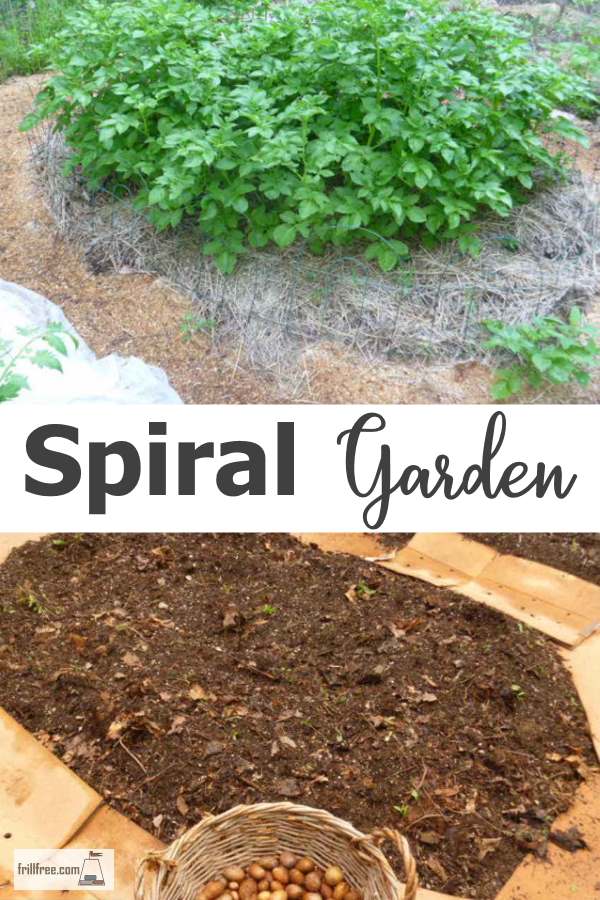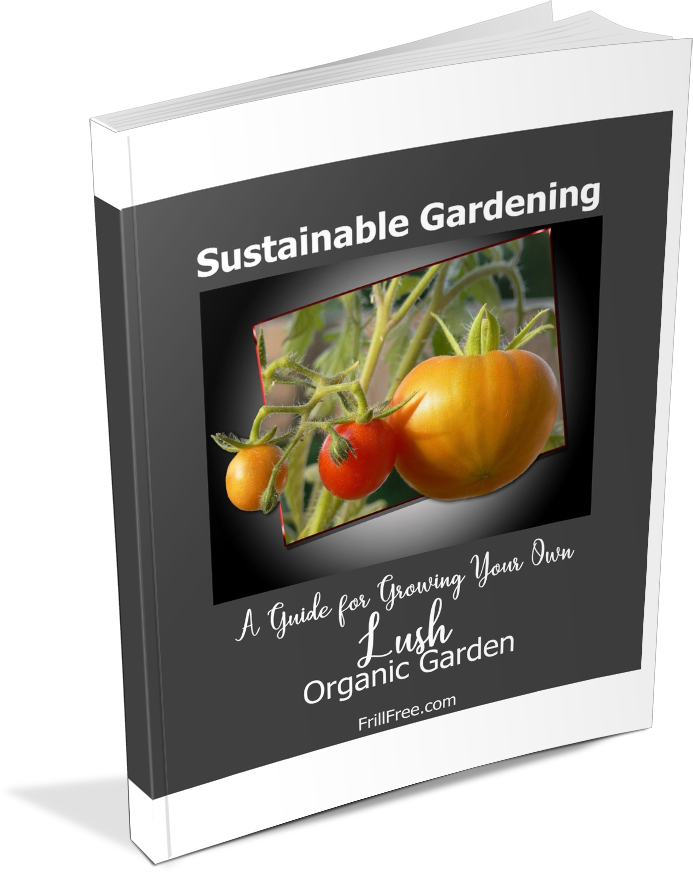- Homesteading
- Garden Designs
- Spiral Garden
Spiral Garden
A Mystical, Intuitive Garden Design
Not everyone is keen on straight lines and square boxes for beds, or strictly structured garden designs – plants grow perfectly fine in a spiral garden too.
A spiral herb garden is an attractive way to grow many fresh herbs in a small space, and many vegetables thrive in the close contact of their companion crops.
Advantages include;
- Ease of watering with a soaker hose, drip irrigation, or a circular pattern sprinkler.
- Spiral gardens are more intuitive and organic (meaning this in a design sense, not necessarily a way of growing plants with natural fertilizer) and also pleasing to the eye.
- There is less chance of the wheelbarrow or other equipment running over the corners of the bed, destroying those plants unlucky enough to be planted in the corner.
I decided to plant my potatoes using the spiral garden design, just to see if it would fit as naturally into my gardening space – I’m happy to say, it does!
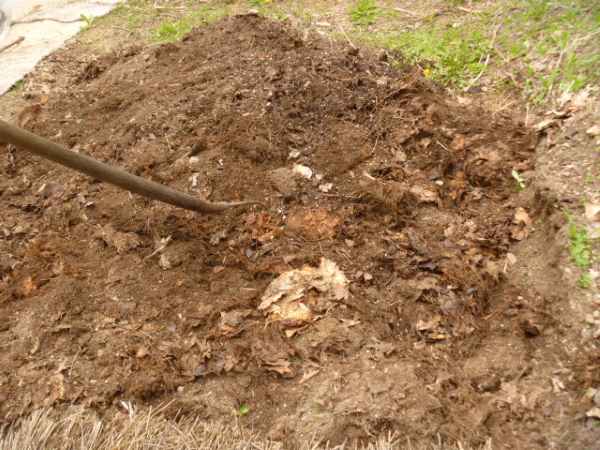 Starting with a circular area that needs help
Starting with a circular area that needs helpThe area was a small plot in between a raised bed on one side, and a mound on the other, and could have otherwise been wasted.
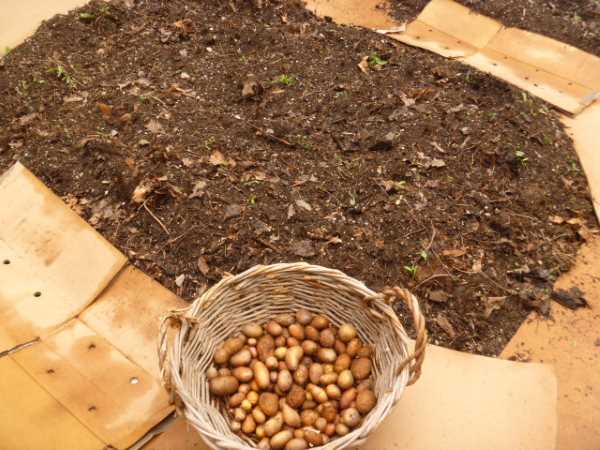 Egg sized potatoes from the previous years crop make the best seed
Egg sized potatoes from the previous years crop make the best seedI mounded up the soil from pathways on both sides, surrounded it with cardboard cut to a circular shape and then pieced together, planted the egg sized potatoes left from last years crop and kept in the root cellar over the winter.
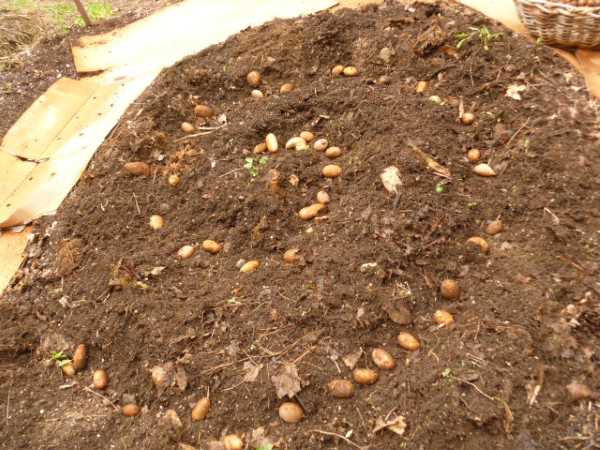 A spiral planting pattern leaves lots of room between the plants
A spiral planting pattern leaves lots of room between the plantsI planted them in a characteristic expanding spiral from a central point.
The whole thing was then mulched thickly with old hay, and the cardboard was covered with well rotted sawdust from a local mill.
I’m anticipating that the redworms that proliferate in my well composted soil will also enjoy being protected under the damp cardboard, and in the hay.
In fact, I found quite a few large sized Ensenia foetida (the fancy name for the redworm) under an unopened bale of the same hay, so added those to the spiral garden to continue their valuable work.
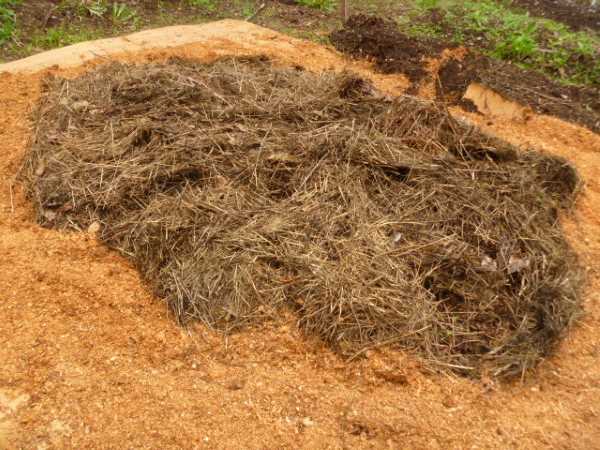 Old hay mulch holds the moisture in
Old hay mulch holds the moisture inNow to stand back and let the potatoes grow.
I’ll add more aged hay as they require it, and other than that, just water if it’s really dry.
Here’s to a great crop of one of my favorite vegetables – a staple in my kitchen.
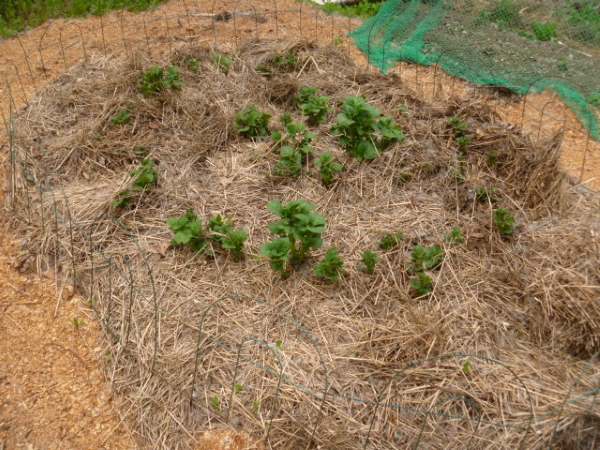 If it rains in June, this is the result - lots of growth
If it rains in June, this is the result - lots of growthAfter the vines died down in August, the potatoes ripened in the warm hay. Before the fall rains started, the spuds were raked up and put into a basket in the root cellar.
Although not a huge crop, they will make a nice addition to winter stews and soups for a while.
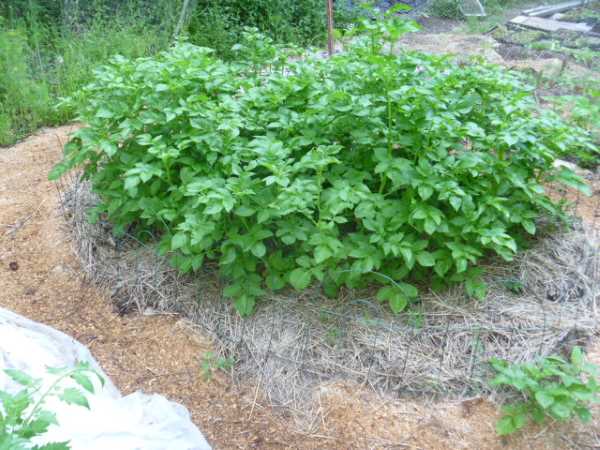 July brings good growth above ground - let's hope it's reflected below!
July brings good growth above ground - let's hope it's reflected below!It's important that they dry off before storage, and are kept completely dark to avoid 'greening' which makes them poisonous. They also need to be kept above freezing, which will give them dark spots in the flesh.
See more on How to Grow Potatoes, and Potatoes in Plastic for another method. No need to be slavishly attached to just one system of spud production - try them all, see which ones work for you for any particular condition, type of potato, or just for fun.
